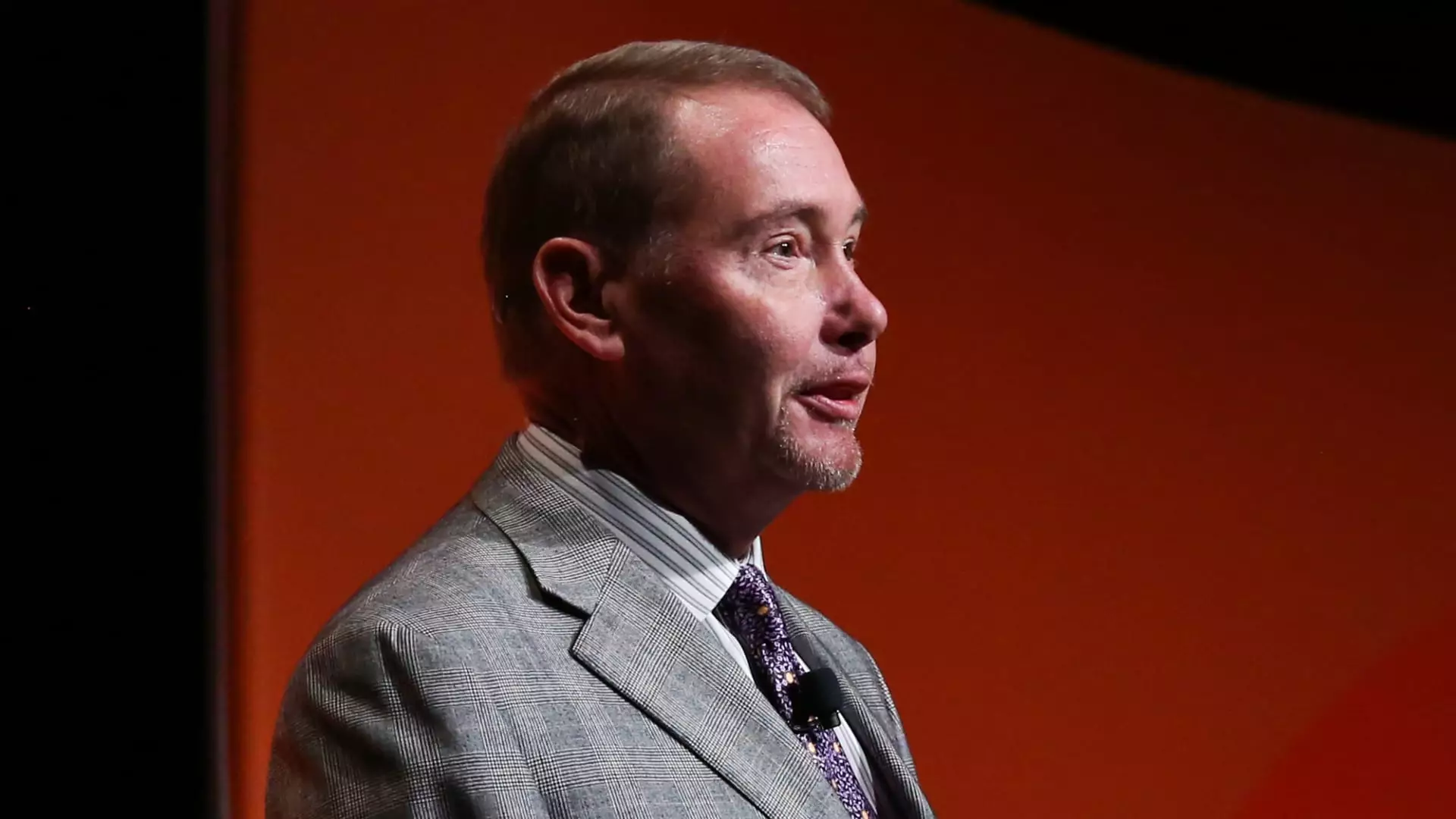In an increasingly complex economic landscape, the actions of the Federal Reserve (Fed) are under intense scrutiny. Prominent investor Jeffrey Gundlach, the CEO of DoubleLine Capital, asserts that the Fed is failing to grasp the broader economic context. He critiques the Fed’s recent decision-making as reactive and lacking in strategic foresight, likening its approach to that of the bumbling cartoon character Mr. Magoo. Such characterizations raise critical questions about the effectiveness of current monetary policy and its long-term implications for inflation and economic growth.
Gundlach’s thoughts emerged just before the latest consumer price index (CPI) data was released, underscoring a pivotal moment in economic assessment. The CPI rose 0.4% in a month, yielding an annual inflation rate of 2.9%. While this trend suggests a certain stability, it also highlights the challenges the Fed faces in achieving its long-term inflation target of 2%. Notably, the core CPI—which strips out volatile components like food and energy—was slightly below market expectations. Although encouraging, these indicators suggest that the Fed’s goal remains elusive, and the potential for future policy adjustments looms large.
Gundlach emphasizes that the Fed has become overly fixated on short-term data, leading to erratic decision-making. He believes this short-termism detracts from a cohesive long-term strategy essential for economic stability. As inflation fluctuates, the Fed’s knee-jerk reactions can inadvertently contribute to market volatility. Following recent shifts, market projections for Fed rate cuts have moderated significantly; what was once a consensus for aggressive cuts has now evolved into a more cautious expectation of just one cut by 2025. This shift reveals a growing concern among investors about the Fed’s long-term strategy and its implications for market confidence.
Since September, the Federal Reserve has lowered benchmark rates by a full percentage point, including an unprecedented half-point cut. These measures reflect an attempt to stabilize the economy amid rising inflation pressures. Nonetheless, the Fed’s December projections for only two quarter-point cuts in 2025—down from four previously forecasted—indicate a more tempered approach. Gundlach argues that the alignment between market expectations and the Fed’s policy adjustments signals a recognition that the Fed may have reached a critical juncture in its strategy formulation.
As the Federal Reserve navigates these turbulent economic currents, the insights from Gundlach serve as a reminder of the risks associated with a myopic focus on immediate data. The need for a coherent, long-term monetary policy framework is clearer than ever. A sustained approach that strategically considers the intricacies of inflation dynamics can help ensure economic stability while maintaining investor confidence. The unfolding economic narrative challenges the Fed to look beyond the next data point and to adopt a more proactive and comprehensive perspective on monetary policy. Failure to do so may result in unintended consequences that reverberate through the economy for years to come.

